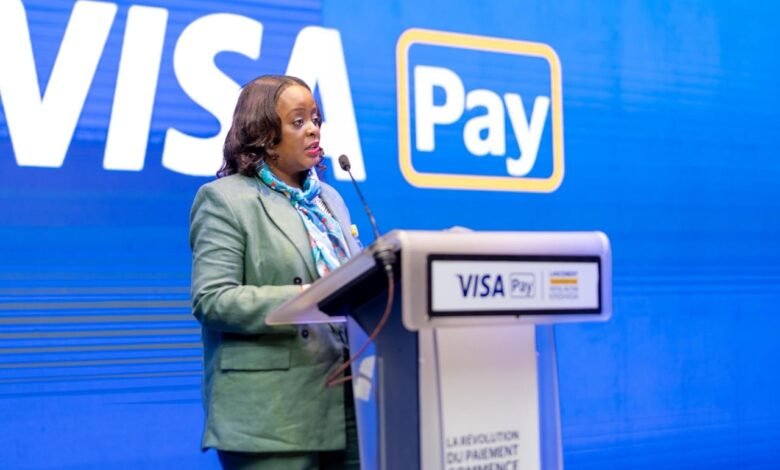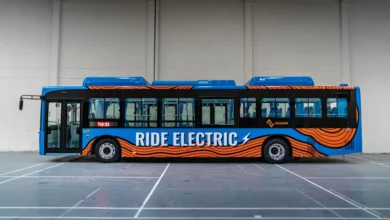
Visa has launched Visa Pay in the Democratic Republic of the Congo, introducing a mobile-first service designed to let consumers and businesses pay, receive funds and transfer money across participating banks and mobile networks. The rollout, announced in Kinshasa on 5 September, focuses on accessibility, affordability and convenience, with features aimed at both banked and unbanked users.
At launch, Visa lists eight participating institutions. Five banks — Access Banque, FBN, Sofibanque, Solidaire Banque and UBA — are available first, with BGFI, Equity Bank and TMB onboarding next. This staged approach should help coverage grow quickly across major retail and SME corridors.
What Visa Pay offers
Visa Pay arrives as a standalone app on the Apple App Store and Google Play Store, and as a flexible integration for banks to embed directly in their own apps. Key capabilities include:
- Near real-time account-to-account transfers in CDF and USD, which reflects the multi-currency reality of daily transactions in the DRC.
- Cash-in and cash-out at participating bank branches to bridge cash and digital ecosystems.
- Virtual cards to enable secure online payments.
- Easy enrolment plus advanced risk and fraud-prevention tools running behind the scenes.
Together, these features aim to make everyday payments simpler, while opening digital commerce to people who may not have had reliable access to card or wallet tools.
Why interoperability matters in the DRC
The DRC’s financial landscape features many banks, strong mobile-money usage, and a cash-heavy economy. Visa Pay’s pitch is interoperability. Instead of siloed experiences, the service is designed to move money across participating banks and mobile networks, so people and businesses can transact with fewer roadblocks, regardless of which institution they use.
That is especially helpful for small merchants and gig workers who need inexpensive ways to accept payments, settle quickly and access cash when necessary. By supporting both CDF and USD, Visa Pay also aligns with common customer needs for local and dollar-denominated transactions.
How banks can plug in
Because Visa Pay can be embedded in a bank’s own app, institutions get a faster path to market without rebuilding core rails. That integration model, combined with a consumer-facing app, should accelerate reach and reduce onboarding friction. Visa’s local team frames the launch as part of a broader inclusion agenda. As Sophie Kafuti, Visa’s General Manager for DRC, notes, the goal is to “scale digital payments in the country” and act as a catalyst for greater financial inclusion, helping establish the DRC as a regional fintech leader.
The bigger Africa context
Visa Pay in the DRC adds to Visa’s recent Africa activity around digital commerce and inclusion. For context, Visa has been investing in regional fintech enablement programs and partnerships that point to a broader strategy of connecting consumers, SMEs and platforms. See coverage of Visa’s Africa Fintech Accelerator.
Virtual cards are also a growing theme in East and Central Africa. For readers new to the concept, our practical guide on the M-Pesa Visa virtual card explains how virtual credentials can unlock secure online payments without a physical card.







